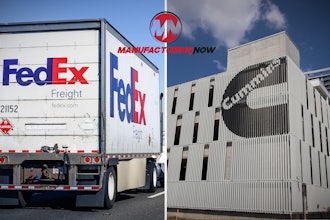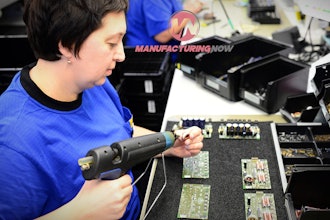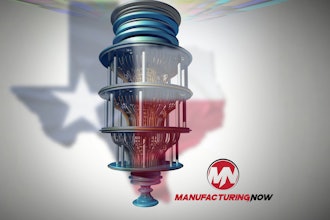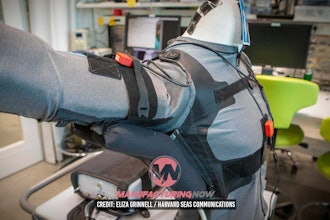Bi-directional charging is one of those concepts that sound really good in theory. When your power goes out, an electric vehicle with a full battery could send power back to your home, eliminating the need to waste the contents of a full refrigerator.
Up to this point, automakers have been dabbling with these capabilities and, while it isn’t exactly mainstream just yet, Volkswagen just announced some developments towards this closed loop for homeowners and EV owners alike.
Most Read on IEN:
- Nearly 200-Year-Old Gun Factory Shutting Down
- Podcast: VW's Job Cuts; U.S. Steel Idles Facility; Tesla's Standoff in Sweden
- 'World's Heaviest Wheeled Crane' Achieves Milestone in First Lift
- Maintenance Error Leads to $1.2 Million Fire
- Job Cuts Loom as VW Chief Warns It Is 'No Longer Competitive'
Volkswagen has unveiled its "Vehicle to Home" function, which it says will be available on many models in its ID line of electric vehicles. According to the company, ID models with a 77 net kWh battery “will be able to use the bidirectional charging function to store electricity at home.” They say they will even be able to add this functionality to vehicles already out in the market after a software update.
VW explains the process thusly: an owner who has renewable energy systems in place – say, solar panels – can leverage a day of full sun by addressing their home’s energy needs and then storing the surplus much like a battery would. Not only is there benefit to more intentional use of clean power for consumers, but emergency backup power could replace things like diesel generators – not to mention this charger is on wheels, and could be dispatched to an emergency location as needed.
Based on average energy use, VW says the power the vehicle could supply back to a home addresses up to two days of need, all without depleting the battery below 20% so you can still use it for what it’s intended for – driving.
The US government has also extolled the virtues of bidirectional charging leveraging EVs for the consumers ability to curtail peak load use, which could mean less stress on the grid and lower energy costs for consumers. But despite the endorsement from the EPA, it’s still not here - at least from VW - yet. The company is running a pilot program in Sweden where it’s using Vehicle to Home to help back up a housing estate and plans to release the feature, for now, just in Europe.






















